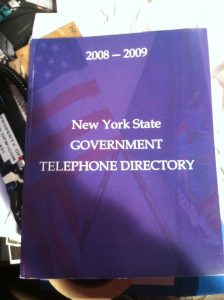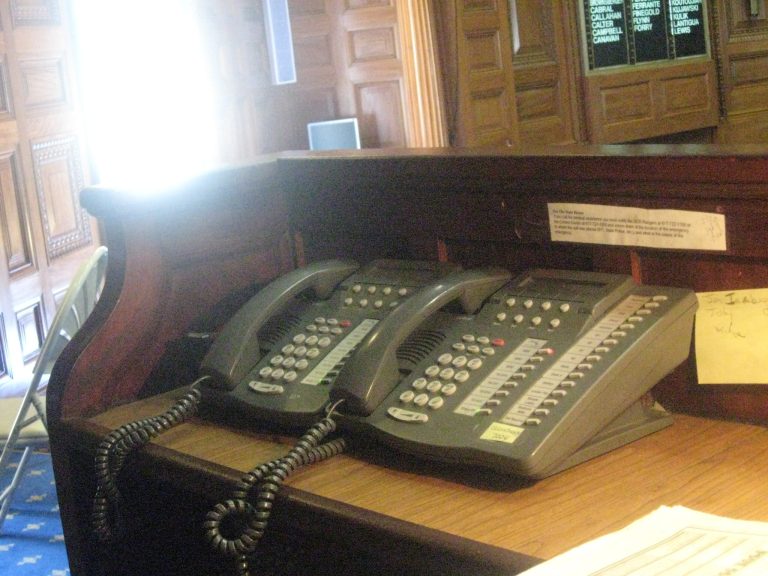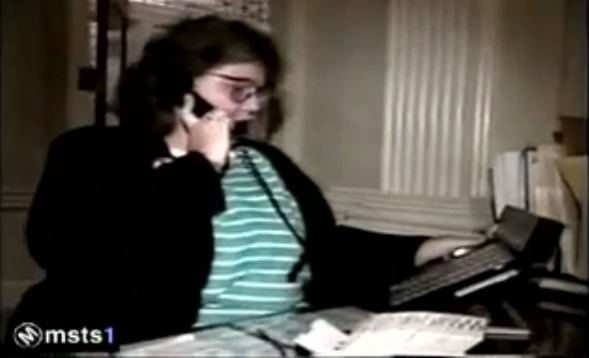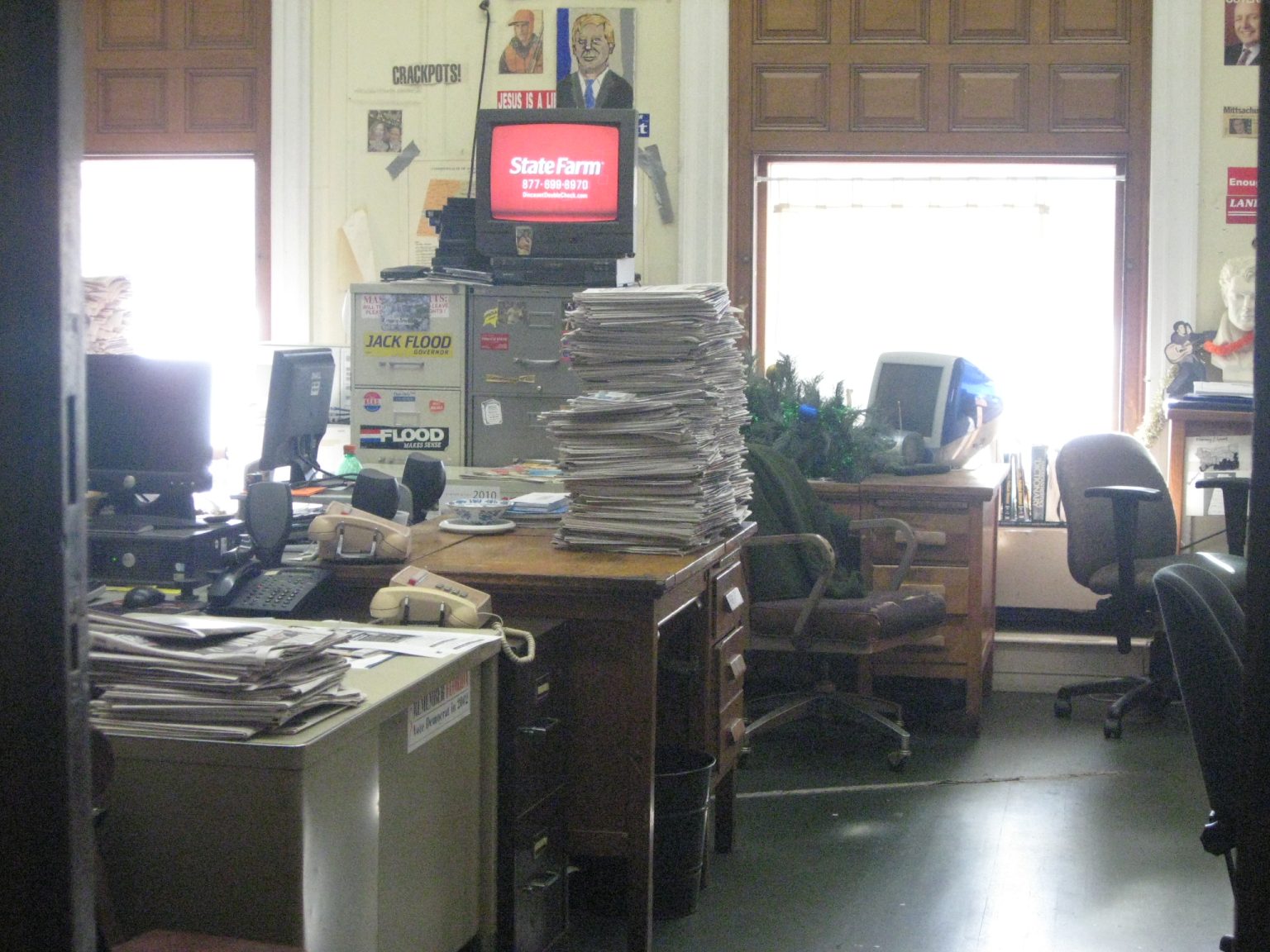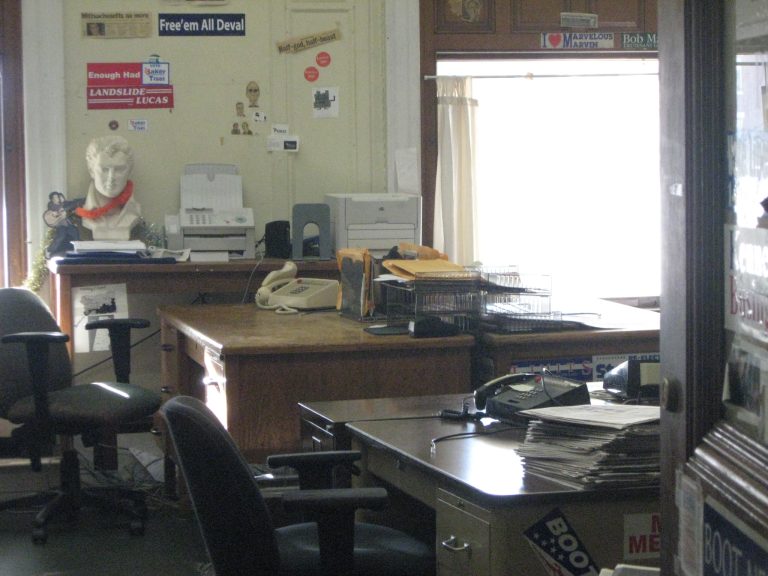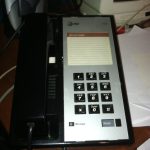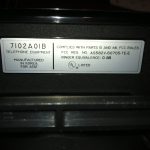These pictures are a mix from 2009 and an October 2010 visit to this landmark location.
These Bell System payphones are interesting. These phone booths were used back when the Massachusetts Legislature used to be a volunteer form of governing. Back before the end of the 60s (or even later), there were only a handful of politicians that had corner offices of both the Senate and House of their General Court. So the other people that were the rank and file types, had to be mobile, and conduct their business in this micro cubicle called the phone booth.
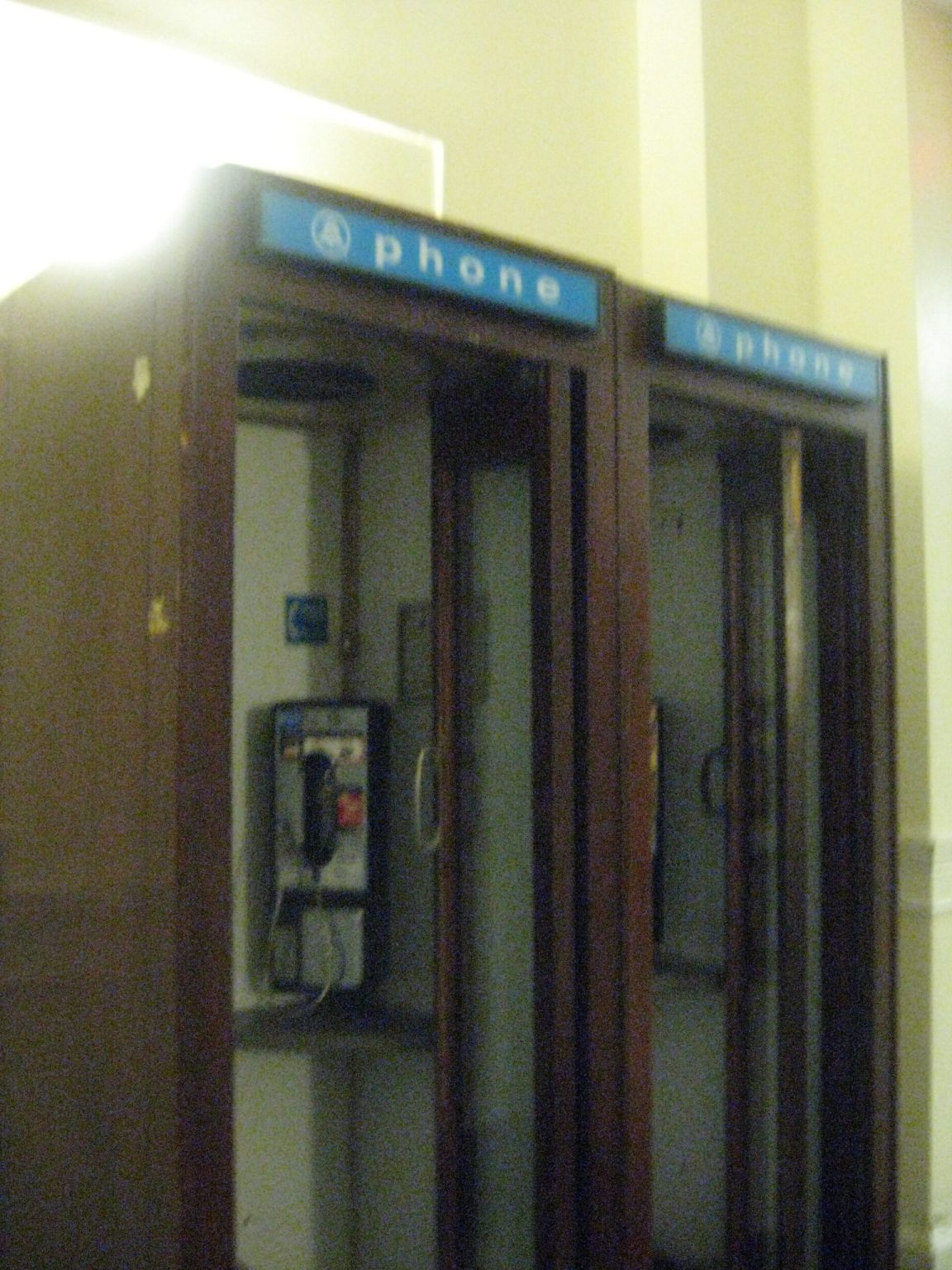
Since the modernization of technology, such as smartphones, notebook computers, tablet, the government has modernized too by having all politicians and lawmakers to have corner offices, have remote offices in their home districts, and get full time employee benefits, such as probably having their own expensive digital set on their desktops, licenses to use additional features they don’t really need to use, and whole other things that the working stiff would wished to have on their desks! If they even have one
I did go to the Massachusetts State House in October of 2010. After spending a few minutes looking at one of my file shares, of my thousands of pictures, I did manage to get better pictures of the phone booths, as originally posted last night.

